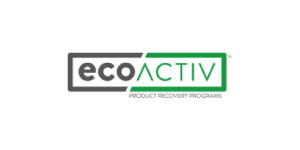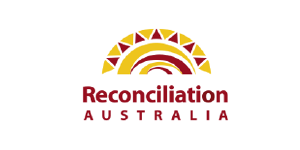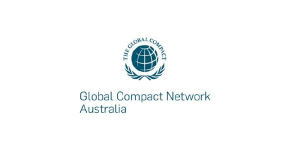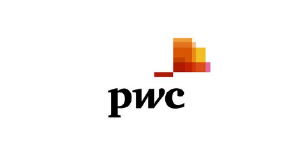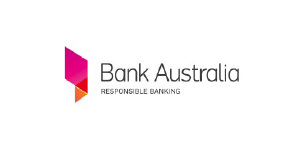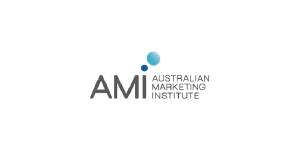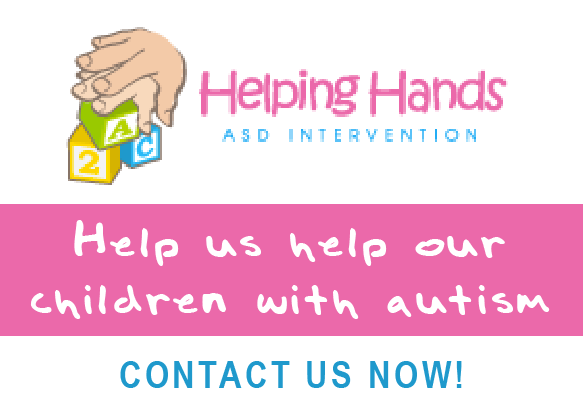
Three strategies for embedding CSR efforts through better communication
One of the greatest challenges for employee communication in any organisation is information overload. A consistent theme from communication research is that often in organisations there is too much of the wrong information.
Line managers and employees in many organisations struggle with complexity. They have a single consistent, valid request: make it easier for me.
What has led to this situation?
Change. Changes to processes, products and procedures. Changes to the markets that companies operate in. Changes to regulations. Customer expectations. Social and political change. Technology. Technology. Technology.
Against this background, asking employees to focus on ‘another thing’ can be a challenge.
In addition to the number one rule for employee communication* there are three things organisations can do to ensure the CSR&S initiatives achieve the outcomes they need to for the company and its stakeholders (including employees).
*The number one rule is ‘make it relevant, make it simple’.
1. Have a few clear strategic messages that are reinforced all the time
Provide the ‘why’ for your whole CSR program in a consistent way.
Many CSR&S strategies are comprehensive documents that run to many pages, are produced, launched and then fall stagnant until the next reporting period. For CSR&S to come to life, a clear narrative is required that is reinforced consistently through leadership communication, as well as in other channels.
If CSR&S is not a key strategic focus for a company, it is essential for leaders to find ways to incorporate it.
Example
A mid-size professional services firm develop a comprehensive CSR three year plan. The strategy recommendations include:
- policy changes for procurement
- changes to energy supply for regional offices
- a customer charter that addresses client groups with specific CSR challenges
- a scorecard for governance
- plans for corporate relocation to sustainable headquarters
- new approaches to succession planning for the partner group, and
- support for leading practice labour and OHS programs.
Individually, not all employees will be impacted in the same way by these initiatives. Expecting the whole of firm to be across every aspect when it is not their core business has a potential to feed the information overload and reduce engagement.
However, the key message for the strategy and for all leaders to continue to reinforce is:
Our business strategy recognises the benefits of a comprehensive approach to CSR. The outcomes of this strategic approach will include financial benefits, reputational benefits with clients and opportunities for employee development.
Individual projects or changes can be communicated in the most effective way according to the type of change outcomes, the audiences, and the available channels.
These subsequent changes are then congruent with the message from the CEO through to every line manager that ‘We treat CSR as an important part of our business.’
2. Be clear about what ‘engagement’ with CSR programs looks like.
Define ‘what’ people need to do differently
Traditionally, employee communication has focused on the hearts and minds of employees, getting people to ‘buy in’ to changes or initiatives. An increasing body of research shows that getting people to take an action is more powerful at shaping their perceptions. Instead of ‘think, feel, do’, it is more effective to get people to ‘do, feel, think’.
In order for employees to engage with CSR&S initiatives, it is essential to be clear about what that engagement looks like. What will people be doing? How is that different to today?
As a result of the program do you need employees to:
- start following a new process
- reduce waste through using workplace procurement and cleaning vendors
- stop acquiring clients from unsustainable industries
- share or record information for reporting
Many ‘communication problems’ are actually process issues. With smart process design, sometimes communication is barely necessary. Make it easier for employees to take the actions required.
3. Use good design to enable action
Make the ‘how’ intuitive and simple to do
Well-designed processes, procedures, systems and tools reduce the volume of communication needed.
There is no training manual for how we use a social media tool such as Facebook, or our smart phones or the motor registry queue. In the best cases, taking the necessary action ‘just makes sense’.
Originally focused on online channels, increasingly, user experience (UX) or customer experience (CX) design methods are being used as part other kinds of change.
- instructions tend to be built into processes
- the online component is seamless
- visual communication provides clear clues to action
- operational instructions are just in time, rather than relying on people knowing how to do something just in case.
Better communication comes with better strategy
Unless CSR is treated strategically, there is a risk that communication about initiatives, processes and programs will get lost in the competition for a share of employee attention.
Addressing some types of CSR&S efforts require organisations to rethink their operations at a broader scale.
- Communication can go part of the way. Without visible, sleeves-rolled-up leadership, the best communication program cannot sustainably embed CSR into everyday activities.
- Being clear about what people will do differently by adopting new CSR programs and processes helps communication be clear, targeted, and enable action.
- Better process design will make it easier for employees to take action with CSR programs, allowing for a focus on the big picture messages about the benefits of better CSR.








